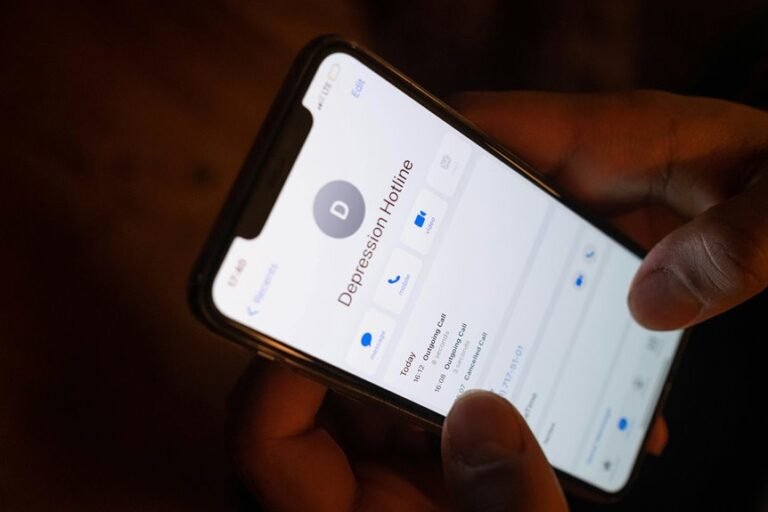Comparative Analysis for 6084098766, 6087163169, 6088295254, 6092455435, 6092701924, 6092831486

The comparative analysis of the phone numbers 6084098766, 6087163169, 6088295254, 6092455435, 6092701924, and 6092831486 reveals notable distinctions based on area codes. The 608 numbers indicate a shared geographic affiliation, while the 609 numbers suggest a different regional context. This segmentation prompts an examination of usage patterns and service provider influences, which may yield insights into telecommunications strategies and customer engagement. What specific trends might emerge from this analysis?
Overview of the Numeric Identifiers
Phone numbers serve as essential numeric identifiers in telecommunications, facilitating communication across various platforms.
Their numeric significance lies in how they uniquely represent individual users or devices. Identifier trends indicate increasing complexity and customization, accommodating diverse communication needs.
As technology evolves, understanding these identifiers becomes crucial for maximizing connectivity and ensuring ease of use, enhancing the user experience in a rapidly changing digital landscape.
Patterns and Relationships Among the Numbers
Numerous patterns and relationships can be observed among phone numbers, reflecting both regional and functional characteristics.
The analysis reveals distinct number sequences, showcasing similarities in numeric patterns across the identified numbers. Certain digits recur, suggesting potential clustering based on geographic or service provider links.
Such observations facilitate a deeper understanding of how these numbers correlate within larger telecommunications frameworks, enhancing comprehension of their structure and significance.
Implications and Applications of the Analysis
The insights gained from analyzing patterns and relationships among phone numbers extend beyond theoretical examination, offering practical implications across various sectors.
Organizations can utilize predictive analytics to enhance customer engagement while ensuring data privacy remains paramount.
Conclusion
In summation, the comparative analysis of the selected phone numbers unveils a tapestry of regional connectivity and usage patterns. The distinct area codes serve as invisible threads, weaving together the fabric of telecommunications dynamics. By illuminating these patterns, the findings provide telecommunications companies with a roadmap to navigate customer engagement and number allocation strategies, ultimately fostering a more harmonious relationship between service providers and their clientele, akin to a well-conducted symphony of connectivity.






